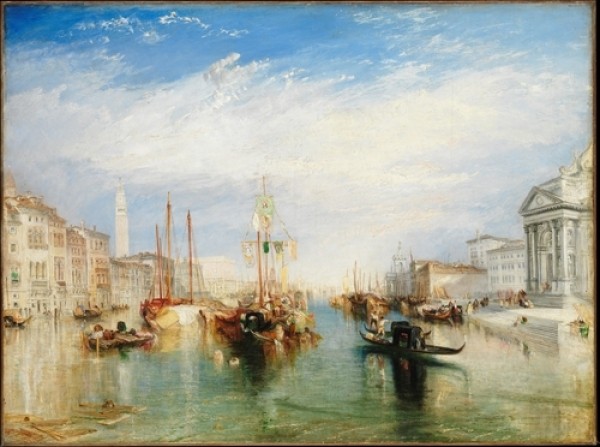Gold vs. Bitcoin from a historical perspective

Bitcoin is doing well. There has been a surge in the market and many predict a Bull market in the near future. As bitcoin successfully continues to argue for its value a question has risen among its many believers. Can bitcoin really challenge the king of currency i.e. gold as the number one store of value? This discussion has been on-going for quite some time and voices on opposite sides of the fence, i.e. sceptics and believers have both been presenting compelling cases. The sceptics on one hand argues that gold still holds prominence due to its physical nature while the believers favours the online characteristics of cryptocurrency. Still, the battle rages on and several sources on the internet tries to provide traders with information that will allow for further discussion to continue. On this website for instance, it is possible to get a crash-course in cryptocurrency to learn how to be successful in the trading game. It is absolutely worth having a look as information is key when it comes to trading bitcoin as well as comparing it to gold, all in order to determine which of the two holds more value. Why is then bitcoin being put forward as a serious contender to gold? It’s time to take a look.
A new student in the asset class?
Gold has been the number one store of value since first discovered and has had little rivalry since. Until now. A new asset class has risen and it is challenging not only gold but also other derivatives that are being traded, namely bitcoin. In order to understand the rivalry, it is important to look at certain key aspects. From a historical point of view, people have been unable to devaluate gold as it has always been vertically impossible to recreate. Bitcoin then has already had its absolute quantity established, i.e. 21 million original coins. Hypothetically there could be a crash of the market if there suddenly became an increase of gold flooding it, but this is to date highly unlikely. Bitcoin on the other hand is part of an almost fool-proof system due to the decentralization and use of Blockchain methodology. When it comes to the transportation of the commodities, bitcoin moves with ease due to its nature as a cryptocurrency while gold is still a physical entity that requires being forcibly moved from one owner to another. At its very nature then, it is thought that gold can be stolen while bitcoin cannot.
And the winner is…
Will bitcoin then ever replace gold as the number one store of value? Well the believers certainly think so, placing emphasis on the fact that in contrast to gold, it can never be stolen. The sceptics on the other hand argues that gold, being the precious metal that it is, will always hold its prominent place as the number one relevant monetary asset. Based on characteristics such as durability, intrinsic value and means of transportation, sceptics say that bitcoin will never compete with gold. However, and perhaps for the first time, bitcoin is starting to sway more sceptics than ever based on the current surge in market value, asserting itself as a stable new asset class and being a serious competitor to gold.







 Joseph Mallord William Turner (1775-1851) was an English painter who stood out thanks to his extraordinary watercolour landscapes and oil paintings.
Joseph Mallord William Turner (1775-1851) was an English painter who stood out thanks to his extraordinary watercolour landscapes and oil paintings.